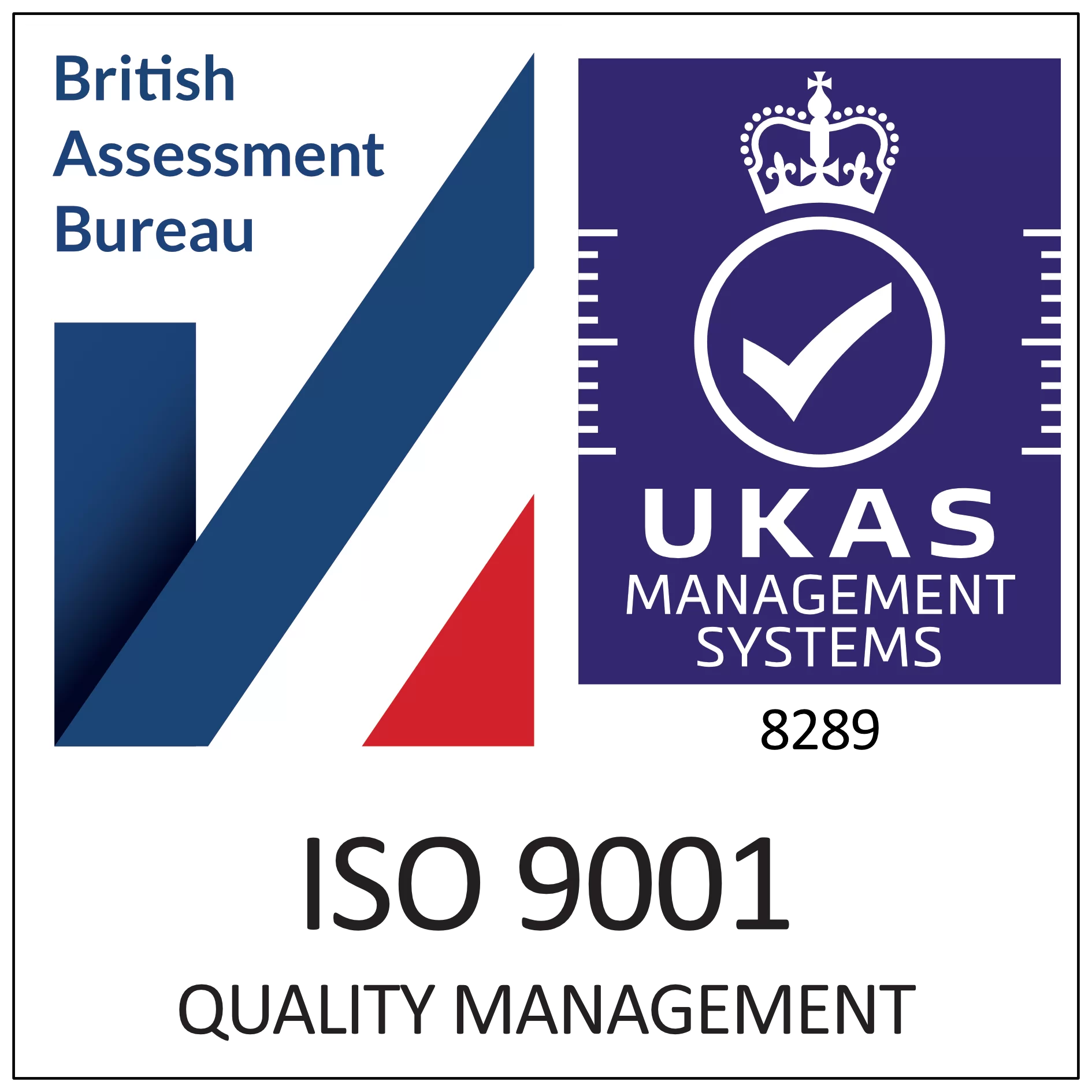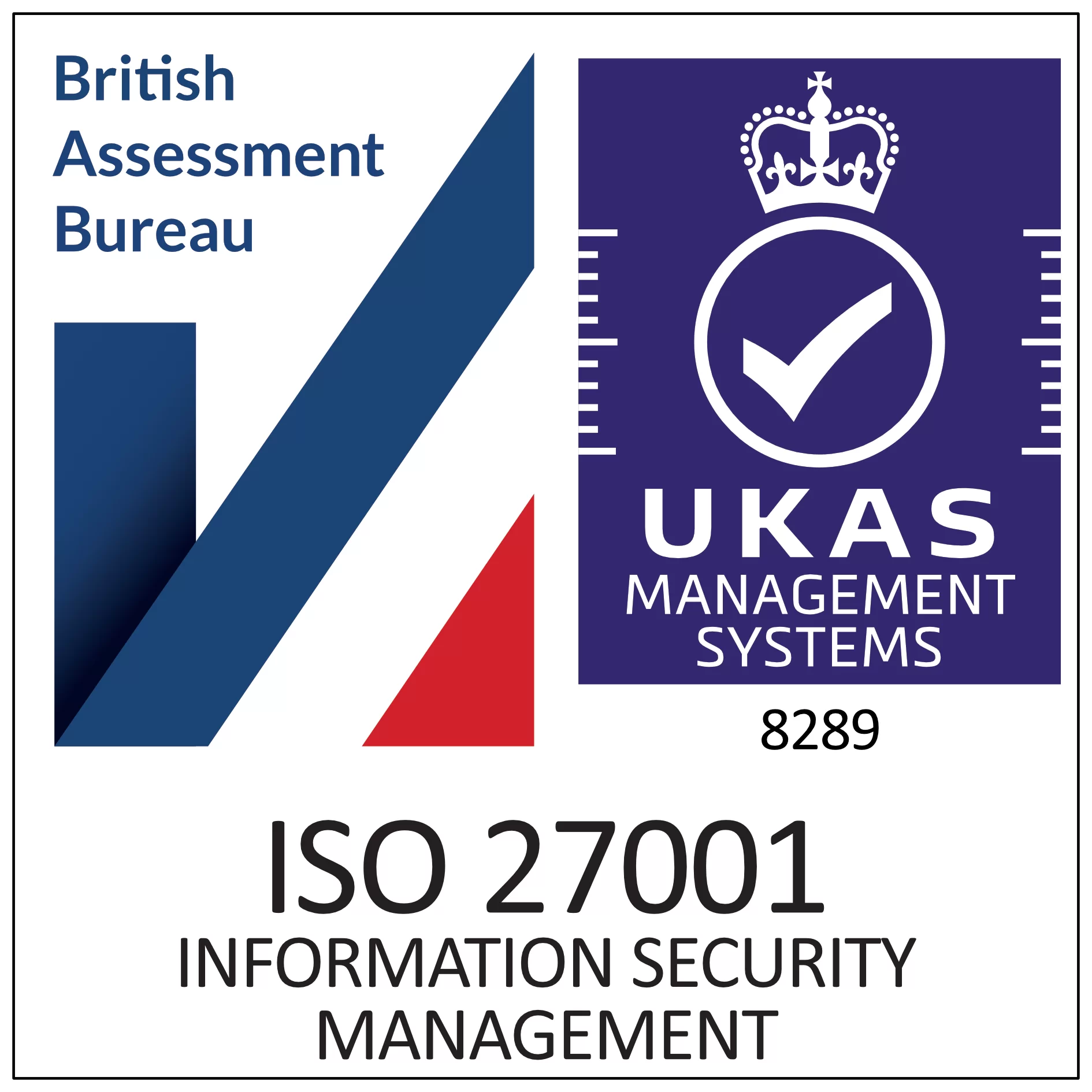How to Reject a Business Proposal Politely (Without Burning Bridges)
Laura Cain
Marketing & Brand Manager
PUBLISHED
18th March, 2025
Contents
Receiving business proposals is an essential part of any company’s growth journey. However, not every proposal aligns with your organisation’s goals, needs, or values. When faced with the task of rejecting a business proposal, it’s crucial to do so in a way that maintains professionalism, respect, and transparency.
Why is this important? A well-handled rejection preserves business relationships, keeps future opportunities open, and enhances your company’s reputation. On the other hand, a poorly communicated rejection—whether too abrupt, vague, or unprofessional—can damage relationships, lead to misunderstandings, and even harm your brand’s credibility in your industry.
A professional rejection reassures the proposer that their time and effort are valued, even if their offer isn’t the right fit. It also reduces the likelihood of persistent follow-ups, resentment, or negative word-of-mouth.
In this blog, we will explore the reasons behind proposal rejections, offer guidance on crafting effective rejection letters, and provide example templates for politely declining business offers. Many businesses streamline their proposals with business proposal templates, so why not save time and effort when responding to them, too?
Why do business proposals get rejected?
Before we delve into crafting rejection letters, it’s important to understand the factors that lead to a business proposal rejection. Here are the key reasons proposals often face decline:
Understanding these common reasons for proposal rejection allows you to navigate the rejection process more effectively, ensuring your communication remains respectful and transparent.

Before you reject, be sure to evaluate carefully
Saying no to a business proposal isn’t always a straightforward decision. Before rejecting a proposal, it’s essential to carefully evaluate it to ensure that your decision is well-informed and aligns with your company’s long-term interests. Taking the time to assess the offer thoroughly can prevent missed opportunities, protect business relationships, and ensure your response is both fair and professional.
Key factors to consider before saying no
Before drafting your rejection, ask yourself these important questions:
Does the proposal align with your business goals?
- Will this partnership, service, or collaboration help you achieve your company’s strategic objectives?
- If not, is there a way to modify the terms to make it more suitable?
Do you have the budget and resources for it?
- Even if the offer is valuable, do you have the financial or operational capacity to take it on at this time?
- Could this be a future opportunity rather than an outright rejection?
Are there legal or ethical obligations involved?
- Have you already entered negotiations or signed any preliminary agreements?
- Would rejecting this proposal have contractual or ethical implications?
Does this proposal offer unique value?
- Is there something about this proposal that differentiates it from competitors?
- If rejecting it, could you suggest an alternative arrangement or a referral to another provider?
What is the potential impact of rejection?
- Will saying no damage a long-term relationship?
- Could this decision affect your company’s reputation in the industry?
Decision-making checklist for business proposals
To streamline your evaluation, use this quick checklist before rejecting a proposal:
- The proposal does not align with current business objectives.
- The timing, budget, or resources are not suitable.
- There are no legal or contractual obligations requiring engagement.
- A polite and professional rejection will not harm future relationships.
- (Optional) You have an alternative suggestion or referral to soften the rejection.
By carefully considering these factors, you can ensure your rejection is thoughtful, well-reasoned, and professional—helping you maintain strong business relationships while keeping the door open for future opportunities.
How to reject a business proposal professionally
Summary of best practices
- Acknowledge the sender’s effort.
- Respond in a timely manner.
- Be clear, concise, and professional.
- Express gratitude and maintain a positive tone.
Draft an appropriate rejection letter
When rejecting a business proposal, it’s essential to handle the task with sensitivity and professionalism. Or you may risk burning bridges, which could negatively impact future opportunities. Let’s explore how you can write a clear rejection letter that effectively conveys a respectful tone to the recipient.
-
Express gratitude to the recipient
A good way to start your proposal rejection letter is by showing genuine thanks to the sender for their effort and interest in creating the proposal. Recognise the time they have put in and their value as a partner, ensuring they don’t feel personally offended by the rejection.
Example:
“Dear [Sender’s Name],
Thank you for your proposal and interest in [Company Name]. We appreciate the time and effort that have gone into preparing the proposal and are grateful for the opportunity presented in working with [Recipient Company Name].”
-
Clearly state your decision
Clarity is key when communicating a proposal rejection, avoiding any confusion or miscommunication that could cause further problems and relationship damage between the two parties. State that you have decided not to move forward with their proposal in a polite and professional way.
Example:
“After careful consideration we regret to inform you that we have decided not to proceed with your proposal at this time.”
-
Offer an explanation for the decision (optional)
If it’s appropriate for the circumstances, you may wish to provide a reason for the decision. You can use this to provide context or feedback to the recipient about why their proposal was rejected without being overly critical.
Example:
“While the proposal demonstrates several compelling elements, we feel that it doesn’t fully align with our objectives and requirements at this time”
-
Stay positive
Be sure to carry a positive and grateful tone throughout the rejection letter. The recipient should feel that the strengths of their proposal have been acknowledged, even though it wasn’t the right fit for your business.
Example:
“We were very impressed with the creative ideas and commitment you have shown throughout your proposal. The insights and solutions you presented were commendable for their ingenuity and unique perspective.”
-
Leave the door open if possible
This may not be applicable in all proposal rejections, but if you genuinely see potential in a partnership with the recipient or feel their proposal could be a good fit in different circumstances, express your willingness to consider working with them in the future.
Example:
“Despite not moving forward with your proposal on this occasion, we would like to stay open to exploring potential collaboration with [Recipient Company Name]. Your expertise is something we are interested in and may explore in the future.”
-
Conclude in a polite and positive way
It’s important to end your letter on a positive note. Wish the recipient good luck and success in their endeavours and if you can, communicate that you’re open to future interactions with them.
Example:
“We’d like to thank you again for your interest in partnering with us. We wish you luck in your endeavours and look forward to our paths potentially crossing again in the future.”
By crafting your rejection letter in this way, you can leave a lasting positive impression on the recipient. This reduces the risk of negatively effecting your future business relationship with them or compromising your reputation within similar industries.
Example Rejection Letter Templates
Providing practical illustrations of how to navigate the delicate task of declining a business proposal with professionalism, we have prepared three example templates that offer demonstrations of the art of gracious rejection. These templates serve as models to guide you through the process of crafting a thoughtful and considerate response to business proposals that may not align with your organisation’s current objectives or requirements.
Template 1 – General Rejection:
Dear [Sender’s Name],
I hope you’re well. We are grateful for your interest in working with [Company Name] and appreciate the time spent in preparing this proposal.
Unfortunately, after careful consideration, we have decided not to proceed with your proposal. While we were impressed with the insights and opportunities you offered, they do not align with our business objectives and requirements at this time.
This was not an easy decision, and we thank you for your efforts in creating and sending the proposal. We wish you luck in your endeavours and hope our paths might cross again in the future, should the right opportunity come along.
Thank you once again for your interest.
Warm regards,
[Your Name]
Template 2 – Financial Constraints:
Hello [Sender’s Name],
Thank you for submitting your proposal. We appreciate the effort you have put in, and your commitment to delivering high value services is clearly conveyed throughout.
Following a detailed evaluation, we’re sorry to inform you that we cannot proceed with your proposal at this time. While we are interested in your offerings, our current budget constraints limit our ability to proceed with a new partnership.
We are impressed with your innovative ideas and detailed expertise, and hope to engage in potential collaborations with you in the future when circumstances allow. For now, we wish you luck and success in your continued growth.
Best regards,
[Your Name]
Template 3 – Unsuitable Fit:
Dear [Sender’s Name],
I hope this message finds you well. Our warmest thanks for your proposal and interest in partnering with [Company Name].
After a thorough review, we have determined that your proposal doesn’t fully match our current needs and requirements, therefore, we cannot move forward at this time.We appreciate the ideas and solution proposed, but feel that it is not the right fit for our business objectives.
We wish you the best in your future endeavours and will certainly leave the door open for potentially collaborating in the future in different areas.
Warm regards,
[Your Name]

What should you do if you change your mind after rejecting a proposal?
Circumstances can change, and after rejecting a proposal you may go on to discover that it is a good option for your business. It’s not uncommon to reconsider a decision, especially if new resources or opportunities make the proposal more relevant. However, it’s essential to approach the situation carefully and delicately to avoid any misunderstandings.
Be clear and honest
If you decide to reach out after rejecting a proposal, it’s important to be honest about the reasons why. Clearly explain how and why the circumstances have changed. Being honest helps to rebuild trust with the other party and strengthen your working relationship going forward.
Don’t avoid your previous decision
When going back on your rejection, you should first address the original decision to establish clarity and avoid any confusion. Inform the company that after recent developments or a change in circumstances, you are now in a position to accept their proposal, or at least have further discussions on the matter. This demonstrates to them that you are considering the matter carefully and aren’t rushing into any decisions.
Convey gratitude for their patience
The other party will typically not be expecting you to go back on your rejection. Therefore, in your communication, you should show gratitude for the disruption and their patience in re-visiting the opportunity. Simply saying thank you can make a big difference in establishing a positive working relationship, as it shows you respect their time and effort.
Restart the conversation in a professional way
Maintaining professionalism is essential during this interaction. You cannot just say, “I’ve changed my mind” and expect things to carry on as if you hadn’t rejected the proposal initially. They may have felt some disappointment that shouldn’t be ignored. Try and reframe the conversation and suggest a follow-up meeting to discuss the terms of the proposal or explore the new developments that have now made it a better fit than before.
Set clear expectations and next steps
Both parties should be clear on what the expectations and next steps are after you have expressed interest in accepting the proposal. You should highlight any changes that might be needed or conditions to be met in these earlier conversations. If you’re not certain yet, let them know that you need more time to evaluate and decide, providing a reasonable timeline for when you can give them a decision.
Send and sign documents with E-Sign
Businesses rely on a wide range of documents (such as business proposals) in order to successfully operate on a day-to-day basis and grow in the long term. But paper documents lack efficiency causing you to spend more time, energy, and money on mundane admin than any organisation should need to!
E-Sign’s electronic signature and document management solution provides secure and legally binding e-signatures to simplify your workflows. Turn days or weeks of waiting for documents to be signed into a turnaround of just a few minutes, with the ability to sign from any device, any location, and at any time.
Contact us today to discuss your requirements or, if you’re ready to get started, sign up for our 14-day free trial and experience first-hand how e-signing can benefit your business.
FAQs
Should I give a reason when rejecting a business proposal?
Yes, in most cases it’s preferable to provide a reason for your rejection, not only because it shows respect for the other party’s time and effort, but also because you could provide them with some valuable information or feedback that they can use in their proposals going forward. You don’t need to go into a lot of detail during these explanations, and it’s important not to be too critical, as you may still want to keep a professional relationship with the company to potentially work together in the future.
How do I reject a proposal while keeping the relationship open?
To avoid negatively effecting your relationship with the proposing company, the best approach is to express gratitude and keep your rejection as positive as possible. Also, be clear in your rejection letter that you’re open to exploring potential opportunities in the future. This lets the company know that the door is not fully closed.
Is it rude to reject a proposal without explanation?
Depending on the circumstances, it may not necessarily be perceived as rude to reject a proposal without giving a reason. However, it may not be the best approach if you’re looking to maintain a working relationship with the company in the future, as they may perceive it as dismissive. Providing even a brief reason why you rejected the proposal will help the company feel like its time and effort were valued. If you’re unable to give a reason, make sure you keep a professional and polite tone to avoid bad feeling.
Can I negotiate terms instead of outright rejecting?
Yes, if the proposal is partially suitable, but further negotiations are needed, it’s perfectly acceptable to convey this to the proposing company. Politely explain the areas that would require amendment and suggest terms that would be more suitable for your business.
 Facebook
Facebook
 X (Twitter)
X (Twitter)
 LinkedIn
LinkedIn











